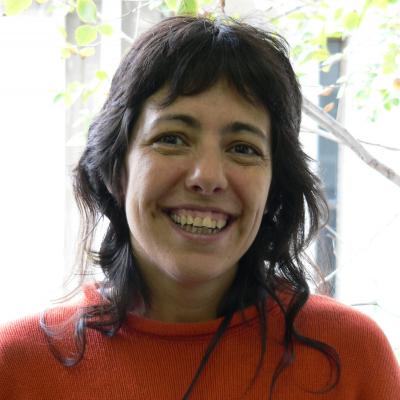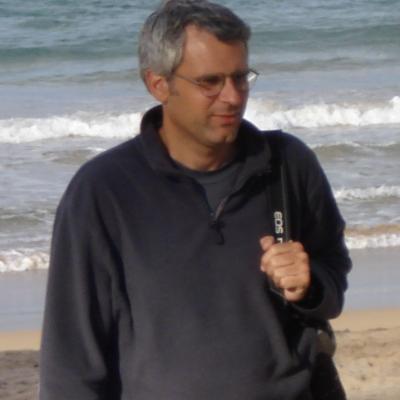In memory of Edward O. Wilson
CREAF researchers Olga Boet, Angham Daiyoub, Oriol Lapiedra and Daniel Sol recall the great legacy of the biologist and entomologist Edward Osborne Wilson, a source of inspiration for our field of study.
Humans have an innate connection with nature: biophilia. It is what makes us appreciate the extraordinary diversity of life and the urgency of preserving it. For some of us, biophilia was also the reason for pursuing a scientific career in botany, zoology or ecology. E. O. Wilson - scientist, writer and passionate naturalist - devoted his entire life to studying ants. Although a life among ants may seem unambitious, Wilson did not see it that way. He considered ants and termites to be "the little things that rule the world", at least in the terrestrial realm. A single hectare of tropical forest can contain more than 500 species of ants. Even more impressive is the social life of these insects. Ants live in complex societies where millions of individuals work in coordination to gather food and care for young, as if they were a super-organism.
Not only did he become the world's leading authority on ants, but he produced a series of groundbreaking discoveries in biogeography and sociobiology that would change the way we understand biodiversity.
Through careful observation and study of these small animals, Wilson not only became the world's leading authority on ants, but produced a series of groundbreaking discoveries in biogeography and sociobiology that would change the way we understand biodiversity (a term he authored). A love of nature, when combined with curiosity, creativity and knowledge, can turn small observations into big theories. Wilson left us on 26 December 2021 at the age of 92. But his legacy will always be with us.
Born in Birmingham, Alabama (USA), Wilson's biophilia developed at a very young age. Living in the countryside, he liked to observe all kinds of living things, be they butterflies, hummingbirds or flowers, but he certainly had a preference for insects, as is evident in his autobiographical work 'Naturalist' (1994).
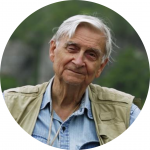
“While most children have a stage of interest in bugs, I never abandoned mine"
E. O. Wilson
Immersed in his books and theories
His passion for ants, both in terms of behaviour and the evolution and taxonomy of the group, is expressed in three major works. The Ants' (1990) is his most technical work. Written jointly with Bert Hölldobler and aimed at a professional scientific community, the book was long considered the best treatise ever written on these insects. In 'Journey to the ants. A story of Scientific Exploration' (1994), Wilson and Hölldobler once again join forces to make an offering to naturalists. Drawing on their personal experiences, they describe fascinating details of how ants live and organise themselves. Within their pages we can learn how they use chemical communication, how they control the temperature inside the nest, or how they cohabit with other species, among many other fascinating aspects. His last work, 'Tales from the Ant World', was written at the age of 90. The book is a magnificent combination of autobiography and adventure literature. He describes with admirable literary skill his experiences in exotic countries, from Mozambique to New Guinea, not forgetting the more homely experiences in the garden of his parents' house when he lived in Alabama.
The insect collection at Harvard University's Museum of Comparative Zoology, where Wilson worked, contains the largest collection of formicids in the world.
As a good naturalist and scientist, he always defended the importance of taxonomic knowledge of species, considering it essential for determining and assessing the loss of biodiversity. During his career, Wilson observed, collected and described a large number of ants from all over the world. Today, the insect collection at Harvard University's Museum of Comparative Zoology, where Wilson served as curator and professor, contains specimens of more than 14,000 species of ants, the largest collection of formicids in the world.
Throughout his life, Wilson collected a wealth of data on ant species and distribution that gave him the opportunity to observe the workings of nature, ask questions and search for answers beyond the world of social insects. In 1959 he met Robert H. MacArthur, a theoretical ecologist with whom he shared his ideas about the biogeography of islands. Wilson thought of them as natural laboratories of biogeography and evolution, an ideal place to test his theories.
Wilson saw the islands as natural laboratories of biogeography and evolution, an ideal place to test his theories.
In recent years, he had collected data from ants on Melanesian islands and shared it with MacArthur, who plotted it on cross-curve graphs of species immigration and extinction rates, pointing to an equilibrium point in the system just where the curves intersect. The two had created a theory to explain why some islands contain more species than others. After the usual debates that arise on these occasions within the scientific community, MacArthur and Wilson refined some aspects of their theory and in 1967 they presented it in their famous book 'Theory of Island Biogeography'. Wilson later confirmed the theory in an experiment on small mangrove islands in the Florida Keys. Although we now know that the theory of island biogeography is a simplified representation of reality, the theory is considered one of the most important contributions of this century in biogeography and conservation ecology.
"I would never have guessed that, broadly speaking, what we suggested in 1960 was true; this is the best any scientist could hope for," said Wilson, amazed at his results.
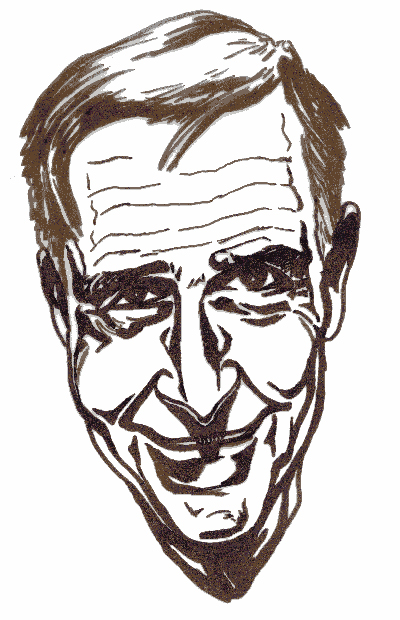
Controversial interest in sociobiology
Like many important intellectuals, Wilson has also had his detractors. Among his most controversial ideas is the attempt to use evolutionary theory to explain human behaviour. In his book Sociobiology, Wilson suggests humans are not entirely free when we make choices; like eye colour or height, our social behaviour is strongly influenced by genes. For some detractors, Wilson's arguments about the genetic roots of human social behaviour are full of sweeping speculation and reflect over-ambition. For others, the arguments may even be dangerous because they can be used to justify certain ideologies, such as racism or sexism. Academic freedom legitimises researchers to study any topic, however socially sensitive it may be; but scientific integrity has its limits. And we should not ignore Wilson's relationship with J. Philippe Rushton, one of the main exponents of scientific racism. However, Wilson cannot be openly accused of using science to propagate racist ideas. He never argued that sociobiology could explain differences in behaviour between races or sexes, and he even made it clear on several occasions that, in his view, only 10% of human behaviour is genetic and 90% environmental, i.e. shaped by society and its environment. Wilson's interest in human sociobiology probably had more to do with a personal stance against dogmatism. Wilson himself always said that his real motivation for doing science was never humans: his motivation was his passion and admiration for ants and their social organisation. But Wilson argued that humans should not imitate them in any way.
One of the fathers of modern environmentalism
In the last years of his life, he devoted much effort to raising public and governmental awareness of the need to protect biodiversity and ecosystem services.
Beyond his contributions and controversies, a defining feature of Wilson's legacy is his initiative in biodiversity conservation, a concept he himself helped to define. When asked about the subject, he often described himself as a naturalist who was "cautiously optimistic" about the future of biodiversity. He was convinced that science should make a difference in biodiversity conservation. Wilson's books often refer to biodiversity conservation as our "transcendent moral obligation" to all other life forms, as well as to future generations. Indeed, in the last years of his life he devoted much effort to raising public and government awareness of the need to protect biodiversity and the ecosystem services on which we all depend. This led him to create in 2016 the Half-Earth project - first presented in his book 'Half-Earth: Our Planet's Fight for Life' - an ambitious effort that aims to dedicate half of the Earth's surface to the preservation of nature. And so Wilson can be considered one of the fathers of the modern environmental movement.
Recognised in Catalonia and all over the world
Thanks to his celebrated career as an entomologist, naturalist and sociobiologist, Wilson received many recognitions and awards throughout his life, among them the XIX International Prize Catalunya 2007 awarded by the Generalitat de Catalunya. During his stay in Barcelona, the Iberian Association of Myrmecology (AIM) presented him with its highest award, the Silver Ant, at the hands of its then president, Xavier Roig. Although it was a minor award, it came from the group with which Wilson felt most identified.
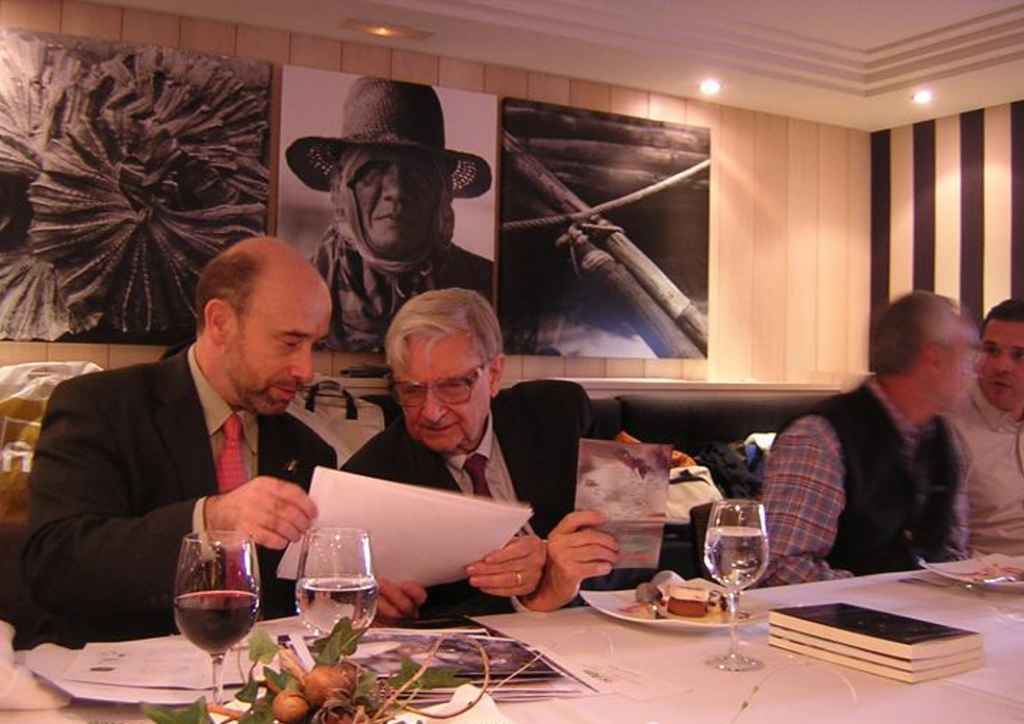
Beyond his scientific and conservation legacy, Wilson is recognised for his extremely prolific career as a science populariser, for which he received two Pulitzer Prizes for 'On Human Nature' (1979) and 'The Ants' (1991). His personal way of communicating his love of nature and his recognition of science as the basis for appreciating and protecting biodiversity has inspired generations. In his best-selling 'Letters to a young scientist', Wilson describes his formula for academic success: "put passion ahead of training. The rest will come.”



